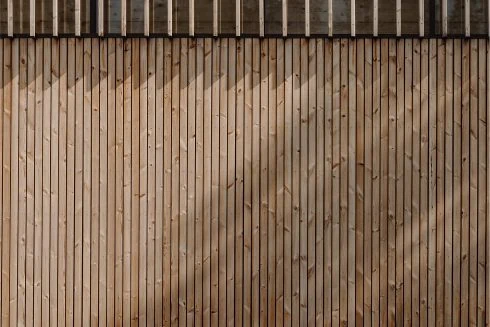Thermo Modified Wood: A Sustainable Building Material
Thermo modified wood, also known as thermowood, is gaining popularity in the construction and design industries due to its sustainability, durability, and natural beauty. This innovative material is created through a specialized heat treatment process, enhancing the wood’s properties without the need for chemicals.
What is Thermo Modified Wood?
Thermo modified wood is natural timber that undergoes a controlled thermal modification process. The wood is heated to temperatures between 180°C and 230°C in an oxygen-free environment, altering its molecular structure. This process improves the wood’s dimensional stability, making it more resistant to moisture, decay, and pests. The result is a high-performance, environmentally friendly alternative to traditional treated wood.
Key Benefits of Thermowood
1. Durability
One of the primary benefits of thermowood lumberpoint.com is its exceptional durability. The heat treatment process significantly reduces the wood’s moisture content, making it less prone to warping, cracking, and rotting. Thermo modified wood is also highly resistant to insects and fungi, making it ideal for outdoor applications like decking and siding.
2. Eco-Friendliness
Thermo modified wood is a sustainable choice for environmentally conscious builders and homeowners. Unlike pressure-treated wood, thermowood does not require the use of harmful chemicals. The thermal modification process uses only heat and steam, making it a safer option for both indoor and outdoor use. Additionally, thermowood is sourced from responsibly managed forests, further reducing its environmental impact.
3. Dimensional Stability
The thermal modification process improves the wood’s dimensional stability, which means it is less likely to expand, contract, or warp in response to changes in humidity. This makes thermowood an excellent choice for applications in challenging environments, such as humid climates or areas with extreme temperature fluctuations.
4. Aesthetic Appeal
In addition to its practical benefits, thermo modified wood boasts a rich, beautiful appearance. The heat treatment process enhances the wood’s natural grain, giving it a deeper color and a smooth, uniform texture. Thermowood can be left untreated to develop a natural gray patina over time, or it can be stained or oiled to maintain its rich color.

Applications of Thermowood
Thermo modified wood is highly versatile and can be used in a wide range of applications, both indoors and outdoors. Some common uses include:
- Decking: Thanks to its resistance to moisture and rot, thermowood is an excellent choice for outdoor decks, patios, and walkways.
- Siding: Thermowood’s durability and aesthetic appeal make it a popular option for exterior cladding and siding.
- Interior paneling: Thermo modified wood adds warmth and character to interior spaces, making it ideal for wall and ceiling paneling.
- Saunas: Due to its heat and moisture resistance, thermowood is commonly used in sauna construction.
- Furniture: The stability and beauty of thermo modified wood make it a great material for high-quality furniture and cabinetry.
Maintenance of Thermo Modified Wood
While thermo modified wood is low maintenance, regular care will help preserve its appearance and longevity. For outdoor applications, thermowood can be treated with oils or stains to maintain its rich color and protect it from UV damage. If left untreated, thermowood will naturally weather to a silver-gray patina, which some homeowners find desirable.

Conclusion
Thermo modified wood offers a sustainable, durable, and aesthetically pleasing alternative to traditional wood. Its wide range of applications, from decking to interior paneling, make it a versatile choice for both residential and commercial projects. With its environmentally friendly production process and low maintenance requirements, thermowood is an ideal material for those seeking high performance and sustainability in their building materials.







